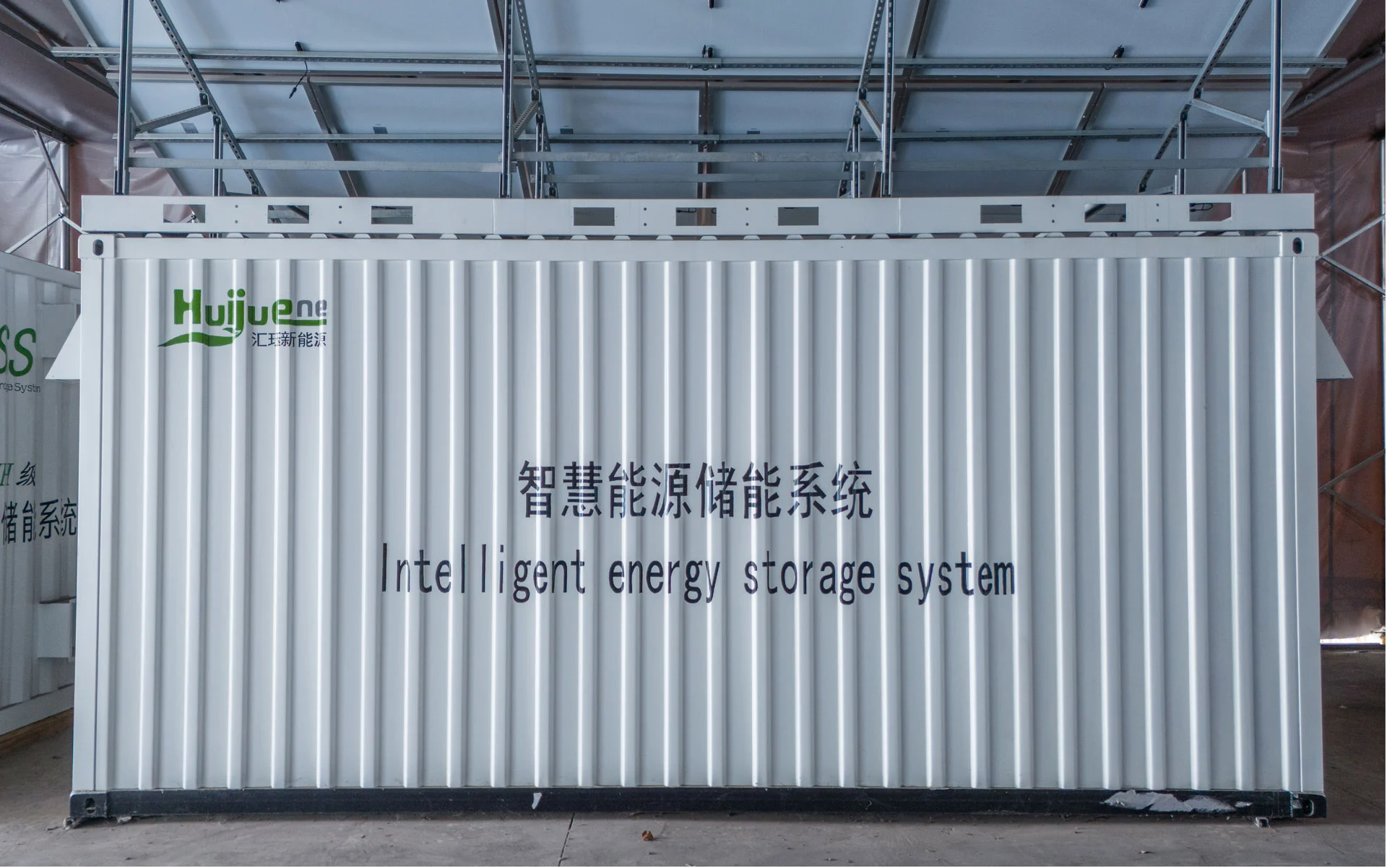2024-12-09
With energy demand increasing, energy storage is under the spotlight in the renewable energy field. Among many options, battery energy storage systems are in the spotlight. They are efficient, eco-friendly, and reusable. But the rub is that from lithium batteries, lead-acid batteries, to the latest solid-state ones, their performances all heavily rely on temperature. It's time to meet a vital helper-the thermal management system.
Batteries heat up in both the charging and discharging process. Without any control of that heat, things can go terribly wrong. Overheating is harmful to battery performance; dangerous situations can arise. For example, a battery could develop thermal runaway-an extreme case-certain types of batteries can lead to fires or even explosions.
With a good thermal management system in place, the battery operates within a safe temperature range. This improves energy efficiency, prolongs the life of the batteries, and ensures a minimal level of safety risk. In short, it keeps everything running smoothly and safely.

A thermal management system may sound complicated, but it's built on a few key components:
Each component interacts to maintain the battery at cool, efficient, and safe temperatures.
Most batteries have an operating sweet spot when the temperature is between 20°C and 25°C. Of course, that sweet spot will vary for different battery types and manufacturers, but generally speaking, this is where magic happens.
Within the proper temperature range, a battery works in an effective way. The chemical reactions are stabilized, energy output is predictable, and the self-discharge rate remains minimal. This combination prolongs battery life while maintaining optimal performance.
Outside this range, however, things can quickly go awry: efficiency declines, safety risks rise, and its lifespan can be drastically shortened.
There are two main ways to manage battery temperature:
1.Passive Cooling: This relies on natural heat transfer through conduction, radiation, or convection. It doesn’t require extra energy, making it simple and cost-effective. Examples include insulation materials and heat sinks.
2.Active Cooling: This method uses external devices like fans or liquid pumps to actively remove heat. It’s especially useful for high-demand situations or environments with extreme temperatures.
Each has its advantages and disadvantages, and the choice depends on the particular application and conditions.
A well-designed thermal management system does more than keep the battery cool. It reduces energy waste due to temperature fluctuations and raises overall efficiency. The savings on maintenance and replacement costs also mount over time.
Moreover, keeping batteries at stable temperatures means fewer are discarded prematurely, which reduces environmental harm. In the future, using sustainable materials and integrating eco-friendly designs in these systems will further support green energy goals.
It may not take center stage, but thermal management certainly plays a vital role in energy storage technology. Thermal management ensures that batteries perform better and last longer, while sustaining their operational use safely. Moreover, it helps to make the renewable energy solution options more sustainable and reliable for all people.
In other words, it acts like an unsung guardian backstage, making intelligent energy storage both safer and greener.